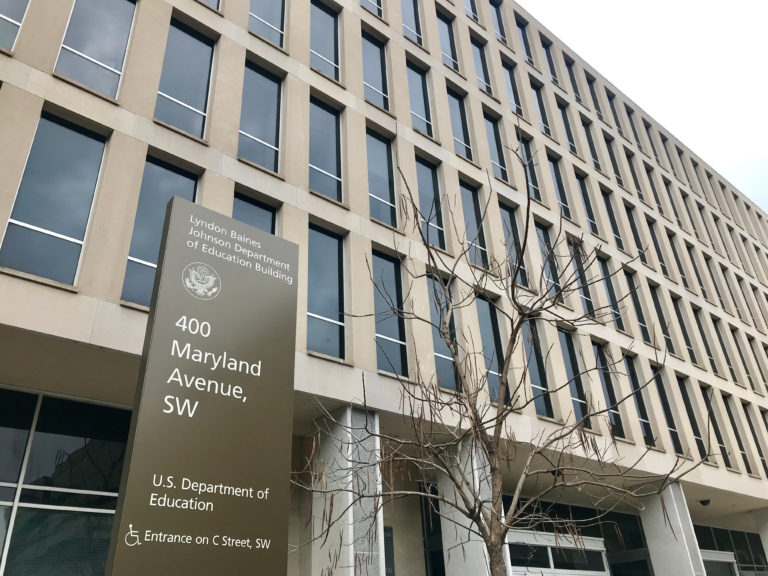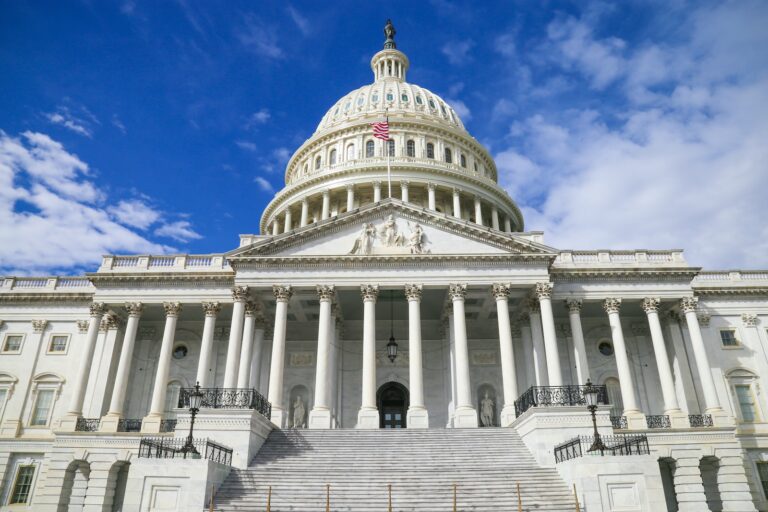On August 7, the U.S. Department of Education (ED) announced its plans for the 2025-26 FAFSA form and rollout—a welcome surprise for policymakers, advocacy groups, higher ed leaders, and financial aid administrators who have been seeking answers about the imminent rollout from ED for months.
The highlights:
- ED expects to launch a “fully functional” FAFSA system on or before December 1 following a phased rollout, set to start October 1.
- The phased rollout will involve a beta testing period for a limited number of students and institutions. This will allow ED to solicit feedback and troubleshoot any technical issues before the actual launch.
- The December launch is also expected to include full functionality for submission and back-end processing. However, in a press call, ED officials clarified that batch corrections functionality will not be available at the time of the FAFSA’s launch, but that financial aid administrators will be able to start making manual corrections.
This comes just one week after ED announced that batch corrections functionality would not be available for the 2024-25 FAFSA (deferred to 2025-26), which will cause massive administrative burden.
Go deeper: Read more from USA Today, Inside Higher Ed, and The Washington Post [subscription model].
Why it matters: This highly-anticipated announcement shed light on what the full financial aid cycle will look like, and is an encouraging sign that this year’s rollout will be smoother than last year’s.
- “The most telling thing about Wednesday’s announcement was that it happened at all. Remember that we found out about the soft launch of the 2024–25 FAFSA in mid-December, just a few weeks before the application opened,” said Inside Higher Ed’s Katherine Knott. “The department has faced a credibility crisis over its handling of the application, and with this announcement, it seems that the agency is heeding the calls for greater transparency and communication.”
Transparency was one of the biggest challenges with last year’s FAFSA rollout. The lack of information and unclear communications from ED made it incredibly difficult for students, families, and counselors to make sense of the new form and the filing process. Institutions, advocacy groups, community organizations, and financial aid professionals were left in the dark on the rollout’s timing, making them unable to predict student needs and prop up the correct level of support.
Lack of transparency led to lack of trust, which put actualizing the goals of the Better FAFSA out of reach. Now, the onus is on ED to rebuild faith and confidence by actually delivering on its plans for the FAFSA and ensuring students, institutions, and other stakeholders have the critical information they need to be successful.
- “It is unfortunate that the FAFSA won’t be able to launch on October 1; however, the Department made the right call in deciding to push back the form to guarantee it will be fully functional,” said Bryce McKibben, Senior Director of Policy and Advocacy at the Hope Center. “More than anything, students and families want the FAFSA to actually work when they sit down to complete it. We have to rebuild trust and confidence in our financial aid system—and that starts by having a stable and usable form, and students quickly getting their aid offers.”
- “We have a unique opportunity to apply lessons learned from the last FAFSA cycle. By delivering targeted, proactive communications and offering early emotional support to at-risk students, we can better guide them and significantly reduce the burdens on families and staff—without waiting until December 1st,” said Andrew Magliozzi, CEO of Mainstay.




